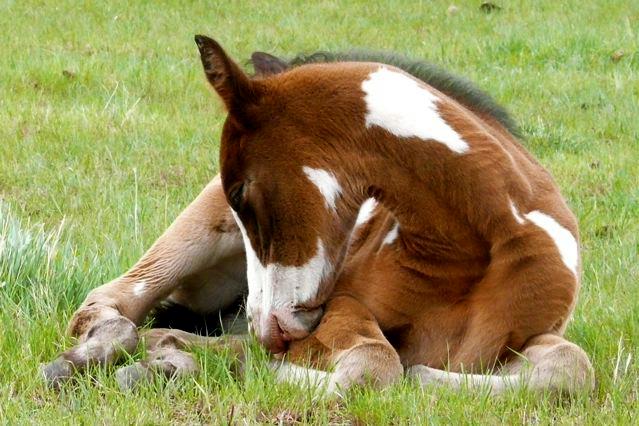One of my friends has been living in Kuwait for awhile and she recently went to an Arabian Horse farm. This is what she said about this picture
This girl was one of my favourites – such a character and so affectionate!

One of my friends has been living in Kuwait for awhile and she recently went to an Arabian Horse farm. This is what she said about this picture
This girl was one of my favourites – such a character and so affectionate!

Even though this is a bit late (and I live in Canada), I decided to write a post about this. I got the idea from this post.
Breeds of Horses that I’m Thankful For
First and foremost – the Arabian. You can check out my post on the Arabian here.

My next favorite is the Palomino. Not technically a breed but still beautiful. Check out some gorgeous photos here.

The Morgan. You can read my post on the Morgan here.

And last but not least – The Pinto. You can read about the Pinto here.

Here are a few of the great horsey websites and blogs that I’m thankful for.
I hope you like these sites as much as I do. Happy Thanksgiving!
The Irish Draught breed originated from the Irish Hobby, a small horse. During the Anglo-Norman invasions, war horses were brought to Ireland. Additional Iberian blood was incorporated as Spanish horses from the shipwrecked Armada found their way ashore near the South West of Ireland. Clydesdale and Thoroughbreds were used on the local Draught mares in the 19th century and early 20th century, and native Connemara pony blood was added to form the breed known as the Irish Draught.
The breed was bred to be docile and strong. They were required not only to perform the work of pulling carts and ploughing, but they were also used as riding horses, and during the Great European Wars, as army horses. Irish Draughts were bred to be economical to keep, surviving on grass, gorse, and boiled turnips, oats and bran.
The Irish government became involved with the breed at the beginning of the 20th century to promote better horses. They introduced registration for stallions in 1907 and mares in 1911. The stud book was opened by the Ministry of Agriculture in 1917, selecting 375 mares and 44 stallions to enter as the foundation stock. Clydesdale horses were imported from Britain to meet the demand for plow horses in the heavy soil agricultural areas. Clydesdale horses were cross-bred with the Irish Draught horses in these areas, producing an animal that was taller and coarser. But many people blamed the Clydesdale for the lack of stamina and hardiness in the breed so Clydesdale influence was stopped. Thoroughbred blood helped to breed out some of these traits, and also added more refinement and greater endurance.
The breed flourished for a while, but numbers subsequently dropped as a result of death losses during the Great Wars, and the mechanization of the mid-20th century. During the latter period, thousands of horses went to the slaughterhouse each week as farm horses were sold to pay for tractors. In 1976, a small group of Irish breeders banded together to form the Irish Draught Horse Society and preserve the breed. By 1979, a branch of the Society was formed in Great Britain. Today, Irish Draughts are thriving and out of danger.




 All photos are from here.
All photos are from here.